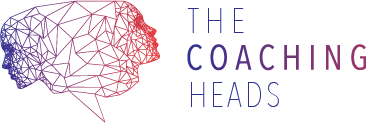What are the best practices in Learning and Development?
No matter what your role is, you will always have to get back to these foundations as a compass for building and implementing a sustainable L&D strategy.
- Consider the big picture
Recently economists began to suggest that traditional tertiary services could be further distinguished from “quaternary” service sectors. Economic activity in the quaternary sector comprises information- and knowledge-based services.
Contrarily to the other three sectors, the value of quaternary businesses lies in the knowledge they accumulate, rather than on numbers only. So your L&D strategy could add economic value to your business, beyond what you would normally consider. - Make an accurate assessment of the situation
Four main elements should be identified here:- Individual acceptance of the L&D strategy
- Individual learning objectives
- Achievements in the work environment
- Company’s goals
- Create a blended learning concept
Blended learning is not random learning: different formats fit different training programs.
To find out what the best choice is, it is of paramount importance that you run a detailed, long term cost-benefit analysis. - Use an engaging training model
In adult education, an engaging training model is key: the learning value chain should include rationale, objectives, activities as well as final corrective feedback. - Define a plan for evaluation
Finally, the measurement of success and ROI should focus on efficiency, satisfaction, changes in knowledge and skills, and business impact.
Get The Coaching Heads right on Your Inbox
Subscribe now and discover the best tips and strategies about Communication styles, Coaching techniques, Transformational leadership, Performance management and much more.


